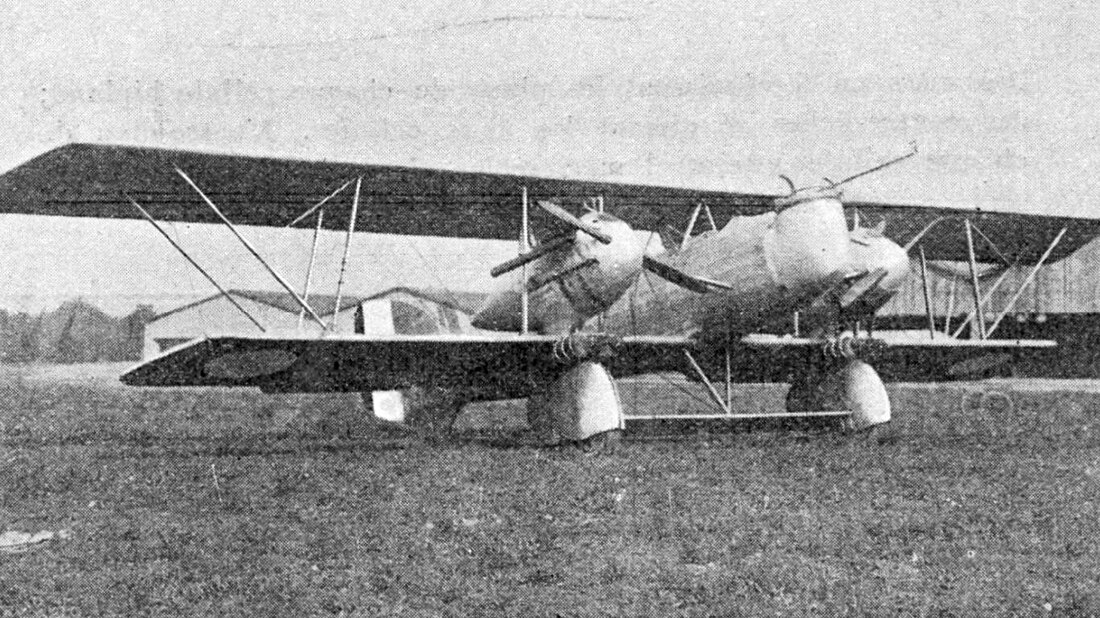The Lioré et Olivier LeO 7 was a French bomber escort biplane designed and built by Lioré et Olivier for the French Air Force.
| Lioré et Olivier 7 | |
|---|---|
 | |
| Role | Bomber escort biplane |
| Manufacturer | Lioré et Olivier |
| First flight | 1922 |
| Primary users | French Air Force French Navy |
| Number built | 39 |
Design and development
The LeO 7 was three-seat bomber escort biplane developed from the LeO 5 ground-attack biplane. Appearing in 1922 the production version (the LeO 7/2) had a wide-track landing gear and gunner's cockpits in the snub nose and amidships. The pilot was located in a cockpit just behind the wing trailing edge.[1]
Operational history
Twenty LeO 7/2s were built followed by 18 LeO 7/3s which were a navalised version with increased wingspan.
Variants
- LeO 7
- Prototype
- LeO 7/2
- Production version for the Armée de l'Air (French Air Force), 20 built
- LeO 7/3
- Production version for the Aéronautique Navale (French Naval Aviation), 18 built.
Operators
Specifications (LeO 7/2)
Data from The Illustrated Encyclopedia of Aircraft[2]
General characteristics
- Crew: 3 (pilot and two gunners)
- Length: 11 m (38 ft 0.75 in)
- Wingspan: 18.59 m (60 ft 11.75 in)
- Height: 3.9 m (13 ft 2.25 in)
- Wing area: 68 m2 (730 sq ft)
- Powerplant: 2 × Hispano-Suiza 8Fb V-8 engines , 223 kW (300 hp) each
Performance
- Maximum speed: 190 km/h (118 mph, 103 kn)
- Service ceiling: 7,010 m (23,000 ft)
Armament
- 400kg (882lb) bombs
References
Wikiwand in your browser!
Seamless Wikipedia browsing. On steroids.
Every time you click a link to Wikipedia, Wiktionary or Wikiquote in your browser's search results, it will show the modern Wikiwand interface.
Wikiwand extension is a five stars, simple, with minimum permission required to keep your browsing private, safe and transparent.
